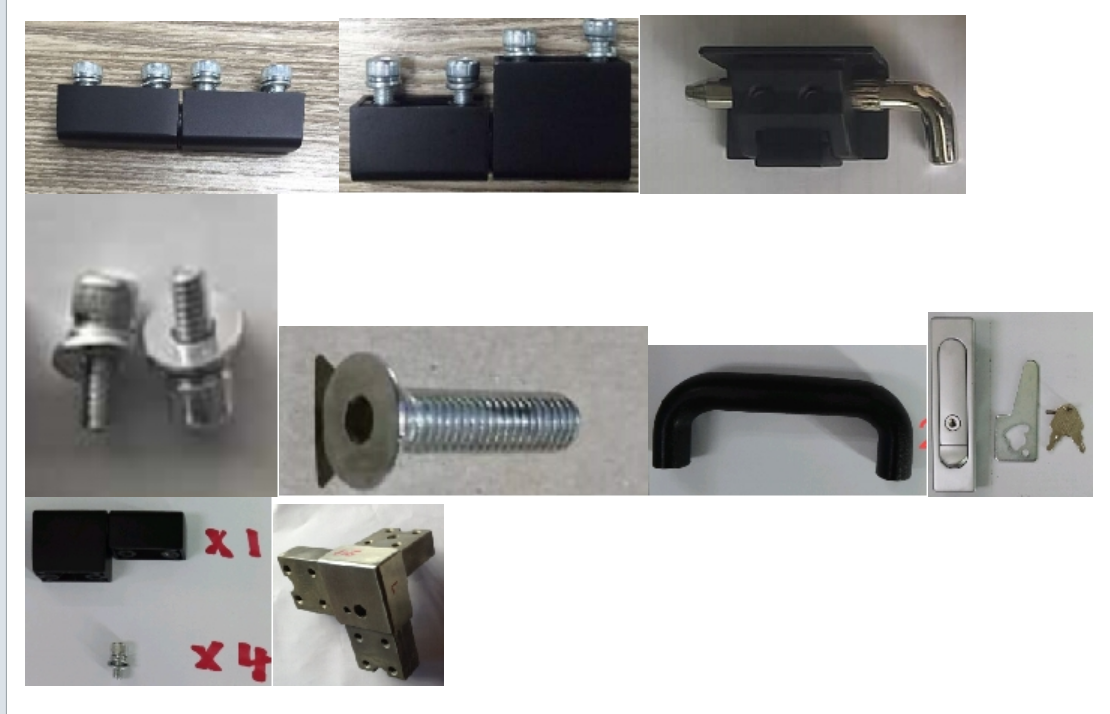Hardware mainly includes building hardware, furniture hardware, or tools. Choose the right material according to the purpose, commonly used are stainless steel, aluminum alloy, copper, etc. Use mechanical equipment (such as lathes, milling machines, and punches) to process and form the initial shape. Perform spraying, nickel plating, or polishing to enhance corrosion resistance and aesthetics. Assemble the various components together to ensure normal function. Perform quality inspection to ensure that the product meets the standards.
Building hardware
Door locks: used to protect the safety of the house, including mechanical locks and electronic locks.
Hinges: Connecting movable parts such as doors and windows, common types include hinges and hidden hinges.
Handles: Handles used to open doors and windows, made of various materials such as stainless steel and aluminum alloy.
Furniture hardware
Slide rails: used to open and close drawers or cabinet doors, providing smooth movement.
Support racks: such as support for bookshelves or wall mounts to ensure stability.
Foot pads: used to prevent slipping and protect the ground, commonly found on the bottom of tables and chairs
Tool hardware
Screws: used to connect and fix objects, there are many types, such as self-tapping screws, wood screws, etc.
Nails: used for temporary or permanent connections, usually used for wood.
Toolbox: used to store and organize various tools, convenient to carry and use.
Electrical hardware
Terminal blocks: used for cable connection to ensure the safe operation of electrical equipment.
Switch: controls the on and off of the circuit, divided into single-control switches and double-control switches, etc.
Others
Sealing rings: used to prevent liquid or gas leakage, widely used in pipelines and mechanical equipment.
Hooks: used to hang objects, widely used in homes and industries.


